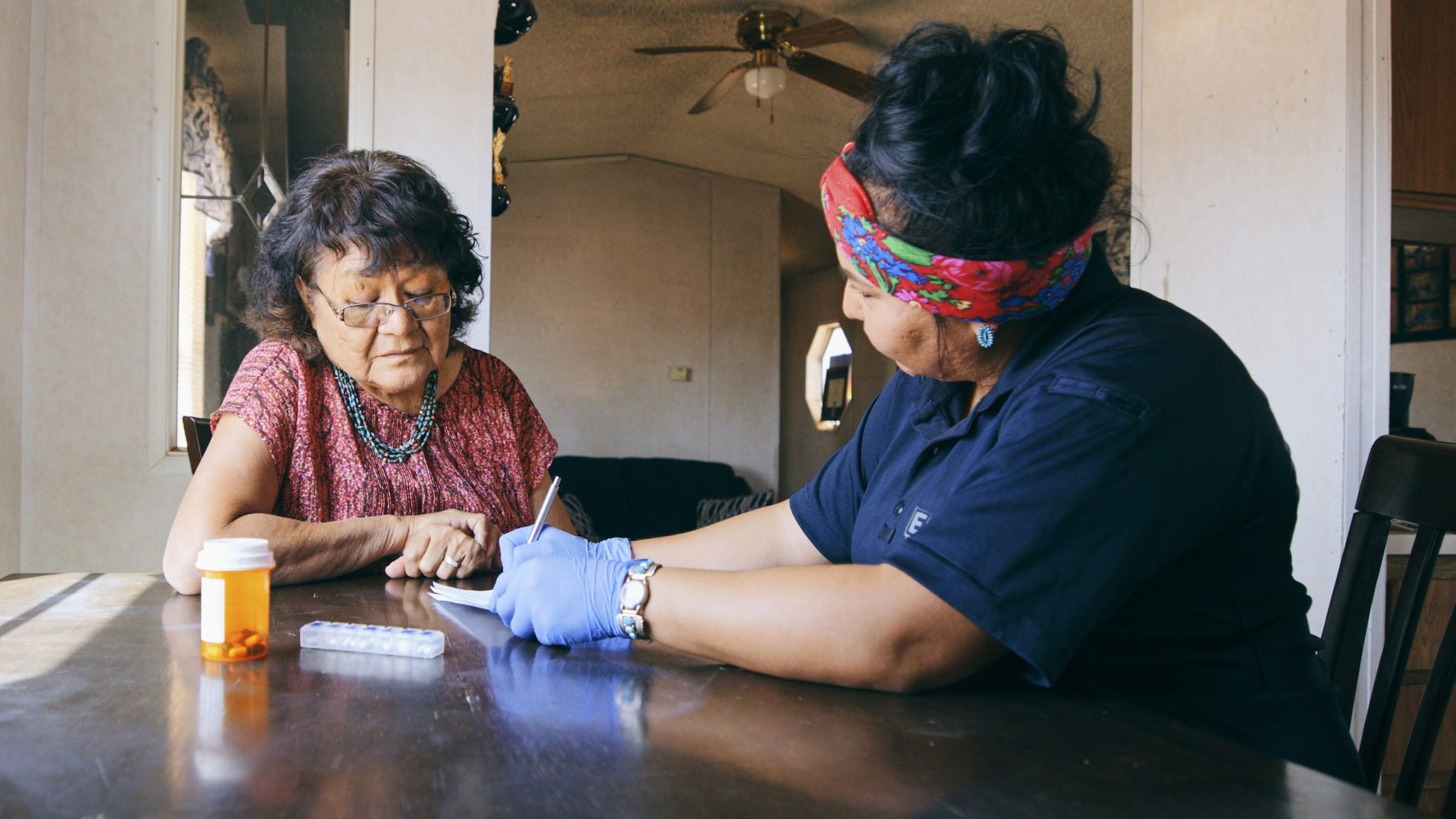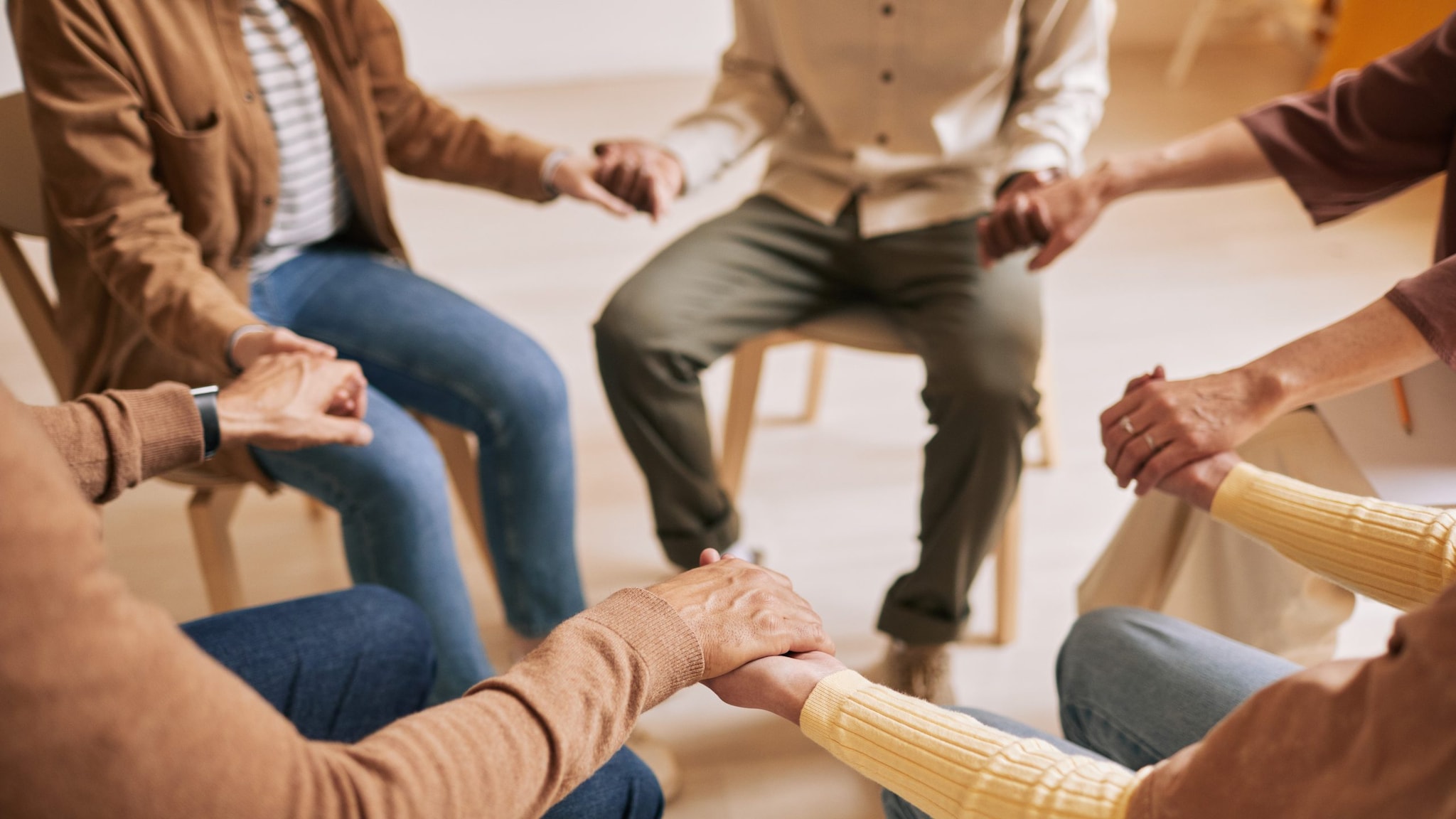What to know
Drug overdoses are preventable. The growing overdose crisis, particularly among people from racial and ethnic minority groups, is best addressed through tailored prevention and treatment efforts.
Overdose death disparities are on the rise
A CDC Vital Signs report, using drug overdose data from the State Unintentional Drug Overdose Reporting System (SUDORS), found concerning trends and widening disparities between different population groups. From 2019 to 2020, overdose deaths increased 44% for Black people and 39% for American Indian and Alaska Native (AI/AN) people. In addition, the percentage receiving treatment was lowest for Black, Hispanic, and American Indian or Alaska Native racial and ethnic groups.
Drug overdoses are preventable. The overdose crisis, particularly among people from racial and ethnic minority groups, is best addressed through tailored prevention and treatment efforts. It's time to identify and incorporate cultural, economic, and structural factors that increase risk for overdose and prevent certain groups from getting and staying in treatment and recovery. Tailored prevention and treatment efforts are important components to restoring optimal health for all.
What can be done?
Public health professionals, healthcare providers, policy makers, and communities can consider the following actions to advance health equity:
1. Improve access to treatment by offering telehealth and similar options.

Remote healthcare delivery can help people start and continue treatment and care over time. Remote services can be especially helpful for people from racial and ethnic minority groups who encounter more barriers to accessing vital services, such as lack of stable housing, reliable transportation, and childcare.1234
2. Expand insurance coverage for treatment and recovery services.

Income inequality may be a driver of disparities in overdose deaths. From 2019 to 2020, overdose death rates increased in counties with greater income inequality, particularly among Black people and Hispanic people.5 Socioeconomic inequities and unequal access to substance use treatment services and other social determinants of health can widen the gaps.
3. Combine culturally appropriate traditional practices, spirituality, and religion with proven substance use disorder treatment, when appropriate.

Increasing access to evidence-based treatment for all people who have substance use disorders is a critical part of their care and recovery.
- Incorporating culturally tailored strategies and providing other support services in languages other than English may improve participation and retention among racial and ethnic minority groups.
- Offering people a range of culturally relevant, sex-specific resources empowers them to direct their own participation in community-based services and supports.
- Some examples of services and supports include:
- Peer-support and mutual self-help services
- Harm reduction services
- Faith-based organizations
It is crucial that people across healthcare, from staff in emergency departments to physicians, nurses, and physician assistants, be trained in awareness of potential biases and caring compassionately and competently for people with substance use disorders. Culturally competent care, awareness of unfair conduct, and non-judgmental communication can help address barriers to accessing treatment, such as stigma and mistrust in healthcare systems.
4. Offer support groups to help reduce stigma and mistrust.

Rates of stigma toward people who use drugs are well documented among healthcare providers and the public.6789Stigma may limit access to overdose prevention education as well as access to naloxone, and it can reduce help-seeking behaviors.
Recovery support groups include culturally and language appropriate services that assist individuals and families working toward recovery from substance use disorders. Offering mental health resources and social support services for people who have experienced stigma and discrimination may help reduce the adverse effects of stigma.
5. Offer structural support such as stable housing, transportation assistance, and childcare.

Wide income gaps, often negatively impacting people from racial and ethnic minority groups, can lead to lack of stable housing, reliable transportation, childcare, and health insurance, making it even more difficult for people to access treatment and other support services.
6. Use alternatives to criminal penalties associated with substance use disorders.

Opportunities exist for health systems, public safety organizations, and public health agencies to build linkages between criminal justice and health systems to support the successful reentry of people who are leaving the criminal justice system as well as supporting those same people's access to care for substance use disorders.
Public health and public safety partnerships can increase access and enhance services for justice-involved individuals. Services include naloxone distribution; overdose education; and medication for opioid use disorder in jails, prisons, and other correctional settings. Check out our public health and public safety resources.
7. Link people to care and recovery from a variety of settings and through peer support navigators.

Clinicians and health systems can serve as key touchpoints for treatment and prevention strategies because they are able to respond to crises and address barriers to linking patients to medication. Clinicians can also facilitate continued care for physical and behavioral health conditions. Patients who trust their healthcare provider are more likely to participate in preventive screening, take their medications correctly, and understand their prescriptions.10
Clinicians and health systems can make culturally competent care available across clinical settings and build connections with public health, public safety, and community-based organizations. A nonjudgmental treatment atmosphere and fostering of mutual or peer support as part of a comprehensive system of care is important.
When establishing peer support services within overdose response and linkage-to-care initiatives, trust and transparency may be promoted by intentionally including members of the peer support and recovery communities in the design of systems, services, and supports. Learn more about linking people to care with medication for opioid use disorder.
8. Improve access to programs that address past and prevent future trauma and other risk factors for substance use.

Harms from adverse childhood experiences can increase risk for substance use and use disorder. The link between adverse childhood experiences and substance use suggests the benefit of implementing strategies that aim to prevent both.11
What can you do?
- Talk to a doctor if you or someone close to you needs help with substance use disorder.
- Learn about naloxone, a lifesaving drug that can reverse the effects of an opioid overdose when administered in time. You can ask your doctor or pharmacist for a naloxone prescription along with your prescription, get it over the counter at your local pharmacy, or get naloxone from local organizations.
- Read and share resources about overdose prevention and raise awareness about the communities who are disproportionately impacted by overdose.
- Learn more about reducing stigma, which can be a major barrier to getting help.
Related pages and resources
- Drug Overdose Deaths Rise, Disparities Widen | CDC Vital Signs
- SUDORS Data Brief: Drug Overdose Deaths in 28 States and the District of Columbia: 2020 Data from the State Unintentional Drug Overdose Reporting System | Centers for Disease Control and Prevention (CDC)
- Vital Signs: Drug overdose deaths, by selected sociodemographic and social determinants of health characteristics—25 states and the District of Columbia, 2019–2020 | Morbidity and Mortality Weekly Report (MMWR)
- Increases in disparities in US drug overdose deaths by race and ethnicity: opportunities for clinicians and health systems. | Journal of the American Medical Association (JAMA)
- SUDORS Dashboard: Fatal Overdose Data | Overdose Prevention | CDC Injury Center
- CDC Science Clips
- Linking People with Opioid Use Disorder to Medication Treatment | Centers for Disease Control and Prevention (CDC)
- Identifying the Root Causes of Drug Overdose Health Inequities and Related Social Determinants of Health | National Association of County and City Health Officials (NACCHO)
- The Opioid Crisis and the Black/African American Population: An Urgent Issue | Substance Abuse and Mental Health Services Administration (SAMHSA)
- Health Equity in the Response to Drug Overdose | National Association of County and City Health Officials (NACCHO)
Learn more about CDC’s work on drug overdose
- Overdose Prevention: What CDC is doing
- Stop Overdose
- Recovery Is Possible: Know the Options | Rx Awareness
- What You Need to Know About Treatment and Recovery (cdc.gov)
- MAT Medications, Counseling, and Related Conditions | SAMHSA
- Save a Life from Prescription Opioid Overdose | Rx Awareness | CDC Injury Center
- RxAwareness Campaign
- Gibbons, Jason B., Jeffrey S. McCullough, Kara Zivin, Zach Y. Brown, and Edward C. Norton. "Racial and ethnic disparities in medication for opioid use disorder access, use, and treatment outcomes in Medicare." Journal of Substance Use and Addiction Treatment 157 (2024): 209271.
- Rosales, Robert, Tim Janssen, Julia Yermash, Kimberly R. Yap, Elizabeth L. Ball, Bryan Hartzler, Bryan R. Garner, and Sara J. Becker. "Persons from racial and ethnic minority groups receiving medication for opioid use disorder experienced increased difficulty accessing harm reduction services during COVID-19." Journal of substance abuse treatment 132 (2022): 108648.
- Gibbons, Jason B., Samantha J. Harris, Keisha T. Solomon, Olivia Sugarman, Carlos Hardy, and Brendan Saloner. "Increasing overdose deaths among Black Americans: a review of the literature." The Lancet Psychiatry (2023).
- Krawczyk, Noa, Brady Garrett, N. Jia Ahmad, Esita Patel, Keisha Solomon, Elizabeth A. Stuart, and Brendan Saloner. "Medications for opioid use disorder among American Indians and Alaska natives: Availability and use across a national sample." Drug and alcohol dependence 220 (2021): 108512
- Kariisa M, Davis NL, Kumar S, et al. Vital Signs: Drug Overdose Deaths, by Selected Sociodemographic and Social Determinants of Health Characteristics — 25 States and the District of Columbia, 2019–2020. MMWR Morb Mortal Wkly Rep 2022;71:940–947
- Cernasev, Alina, Kenneth C. Hohmeier, Kelsey Frederick, Hilary Jasmin, and Justin Gatwood. "A systematic literature review of patient perspectives of barriers and facilitators to access, adherence, stigma, and persistence to treatment for substance use disorder." Exploratory research in clinical and social pharmacy 2 (2021): 100029.
- Douglass, Caitlin H., Thin Mar Win, Stelliana Goutzamanis, Megan SC Lim, Karen Block, Gerald Onsando, Margaret Hellard, Peter Higgs, Charles Livingstone, and Danielle Horyniak. "Stigma Associated with Alcohol and Other Drug Use Among People from Migrant and Ethnic Minority Groups: Results from a Systematic Review of Qualitative Studies." Journal of Immigrant and Minority Health 25, no. 6 (2023): 1402-1425.
- Krendl, Anne C., and Brea L. Perry. "Stigma toward substance dependence: Causes, consequences, and potential interventions." Psychological Science in the Public Interest 24, no. 2 (2023): 90-126.
- Tostes, Joanna Gonçalves de Andrade, Rafaela Toledo Dias, Andressa Aparecida da Silva Reis, Pollyanna Santos da Silveira, and Telmo Mota Ronzani. "Interventions to reduce stigma related to people who use drugs: systematic review." Paidéia (Ribeirão Preto) 30 (2020): e3022.
- Birkhäuer, Johanna, Jens Gaab, Joe Kossowsky, Sebastian Hasler, Peter Krummenacher, Christoph Werner, and Heike Gerger. "Trust in the health care professional and health outcome: A meta-analysis." PloS one 12, no. 2 (2017): e0170988.
- Leza, Leire, Sandra Siria, Jose J. López-Goñi, and Javier Fernandez-Montalvo. "Adverse childhood experiences (ACEs) and substance use disorder (SUD): a scoping review." Drug and alcohol dependence 221 (2021): 108563.
